Vegan panettone
5.0
(1)
Your folders
Your folders
Prep Time: 75 minutes
Cook Time: 60 minutes
Servings: 388
Author : Ania
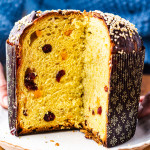
Ingredients
Export 16 ingredients for grocery delivery
Instructions
Step 1
Make sure you have a 750 g / 26 oz panettone mould (mine is 11 cm / 4.3 inches tall and has a 15 cm / 6 inches dia across the base) ready or improvise with a cake tin and triple folded baking paper.
Step 2
Ensure you have a couple of metal skewers and two tall objects (I used two massive IKEA jars) to suspend turned upside down panettone between them as soon as it finishes baking or get creative and come up with your own way of suspending panettone upside down.
Step 3
The night before combine flour, instant yeast and 74 g (1/3 cup) of lukewarm water. Mix very well, cover with cling film and let it sit on the counter overnight.
Step 4
If you are planning on using raisins or something else that is dry in your panettone, submerge them in liquid to soften or else they will absorb moisture from the dough. Orange juice, sweet alcohol (Amaretto, for example) or even water works well. Set aside overnight.
Step 5
Your biga is ready when it's bubbly all over. Add it to the bowl of a standing mixer (or a large mixing bowl if making by hand) together with 250 g (2 cups) of bread flour, 10 g (1 tbsp) instant yeast and 180 ml (¾ cup) of lukewarm soy milk.
Step 6
Mix in low speed or knead with hands until smooth and supple dough forms.
Step 7
Place in a lightly greased bowl, cover with a piece of cling film and set aside to proof until doubled in size. Depending on ambient temperature this may take 1.5-3 hrs.
Step 8
Once the dough has proofed, add sugar. Once incorporated very gradually (tablespoon by tablespoon) add room temperature butter. Do not add the next portion until the first has been fully incorporated. By the end of this process the dough should be smooth, stretchy, shiny and a bit tacky. It should pass a windowpane test - (i.e. a semi transparent membrane should form when you stretch a portion of it gently between your hands).
Step 9
Next add in turmeric (if using), salt, zest and all of the mix-ins - be sure to squeeze out excess moisture out of any fruit you've soaked before adding in. If making the dough by hand, the way to incorporate the mix-ins is to stretch the dough out on a lightly greased stone or metal (wood is not as good) counter, sprinkle mix-ins on top and gently fold it in using lightly greased hands, then knead it gently just to be sure the mix-ins are incorporated as evenly as possible.
Step 10
Form the dough into a ball, oil it lightly and place in a bowl, cover with cling film and let it proof until puffy and at least double in size. You can do leave it on the kitchen counter or do an overnight proof in the fridge.
Step 11
Pre-heat the oven to 180° C / 355° F (160° C / 320°F on a fan setting), grab a 750 g panettone mould, a baking tray and a couple of metal skewers.
Step 12
Do a few stretch and folds, then shape the dough into a ball on a lightly greased surface.
Step 13
Gently transfer to a lightly greased panettone mould and allow the dough to rise yet again, until the highest point sicks out of the mould just a touch. Don't panic if this is taking a while as enriched dough (butter, sugar, fruit) takes longer to rise.
Step 14
Brush on the glaze, using a razor or a sharp knife make a cross incision on top and sprinkle liberally with pearl sugar or flaked almonds.
Step 15
Place panettone on a baking tray and bake for about 25 minutes, tent the top with a piece of kitchen foil and continue baking for another 30-35 minutes - until a skewer inserted comes out clean.
Step 16
As soon as panettone comes out of the oven, pierce the paper mould and the panettone with two metal skewers, about 1 cm / 0.4" off the base and make sure the skewers are about 2.5 cm / 1 inch apart from each other, gently turn upside down and hang like that until completely cool.
Top similar recipes
Curated for youYour folders
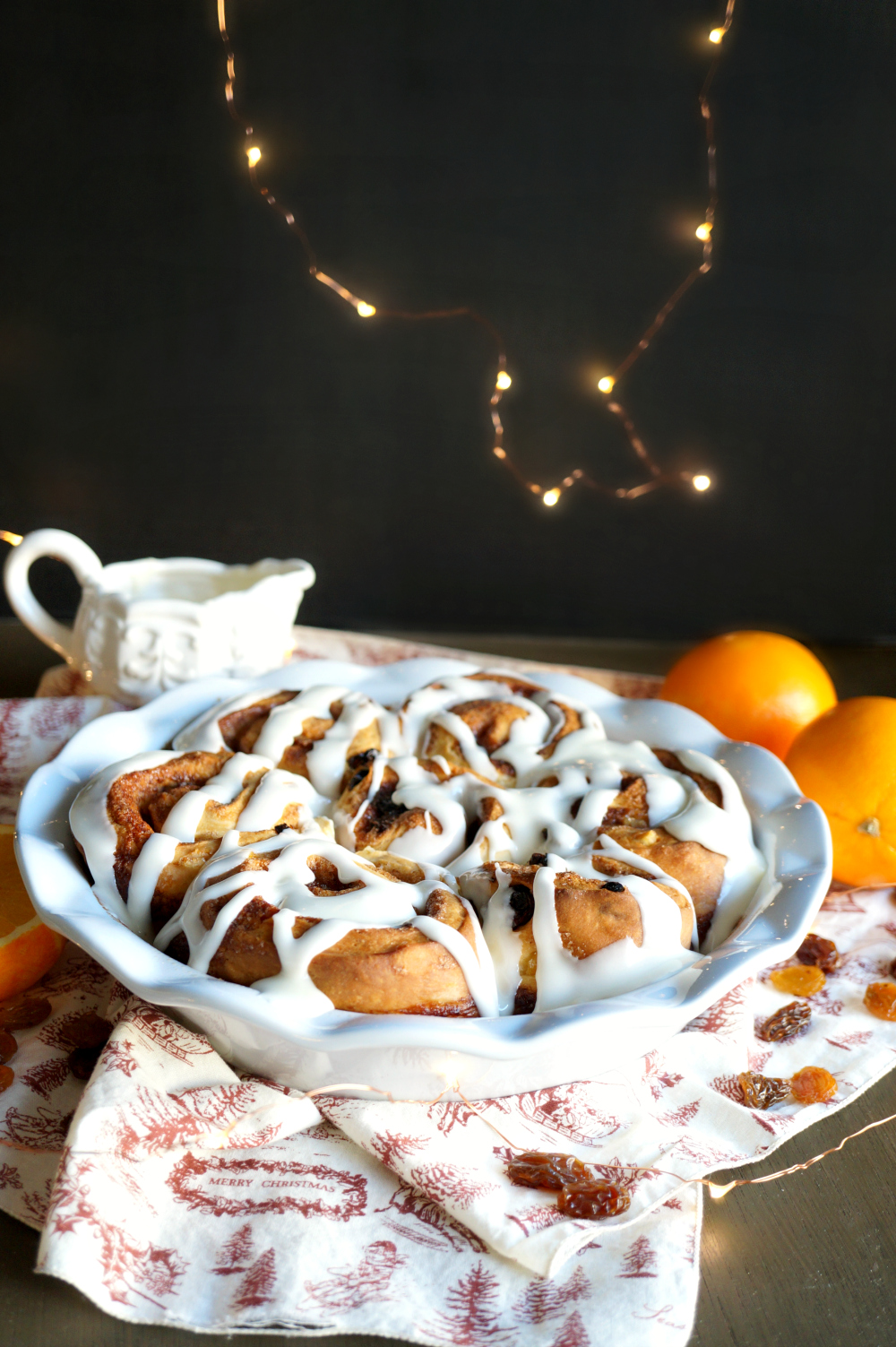
 126 views
126 viewsvegan panettone cinnamon rolls
thebakingfairy.net
5.0
(1)
35 minutes
Your folders
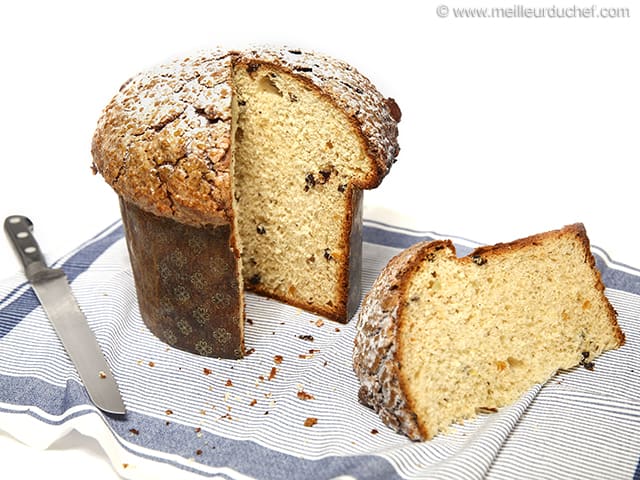
 466 views
466 viewsPanettone
meilleurduchef.com
4.7
(20)
Your folders

 246 views
246 viewsPanettone
acoalcrackerinthekitchen.com
Your folders

 150 views
150 viewsPanettone
ricette.giallozafferano.it
4.3
(243)
50 minutes
Your folders

 128 views
128 viewsPanettone
bbcgoodfood.com
50 minutes
Your folders

 139 views
139 viewsPanettone
ricette-giallozafferano-it.translate.goog
4.3
(243)
50 minutes
Your folders
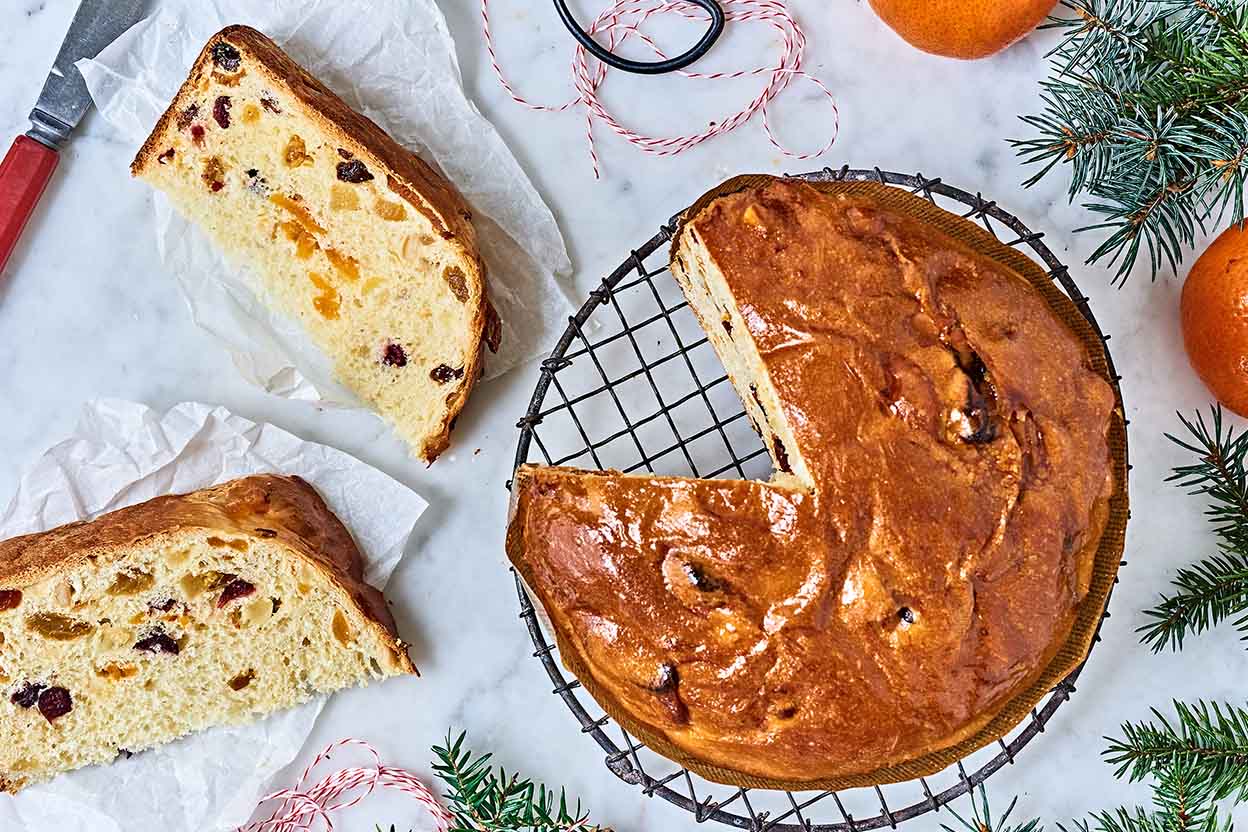
 418 views
418 viewsOvernight Panettone
kingarthurbaking.com
4.4
(93)
45 minutes
Your folders

 350 views
350 viewsMini Panettone
adorefoods.com
5.0
(1)
40 minutes
Your folders

 720 views
720 viewsEasy Panettone
bbc.co.uk
4.1
(16)
1 hours
Your folders

 511 views
511 viewsPanettone pudding
bbcgoodfood.com
35 minutes
Your folders

 642 views
642 viewsPanettone gastronomico
ricette.giallozafferano.it
4.1
(76)
45 minutes
Your folders
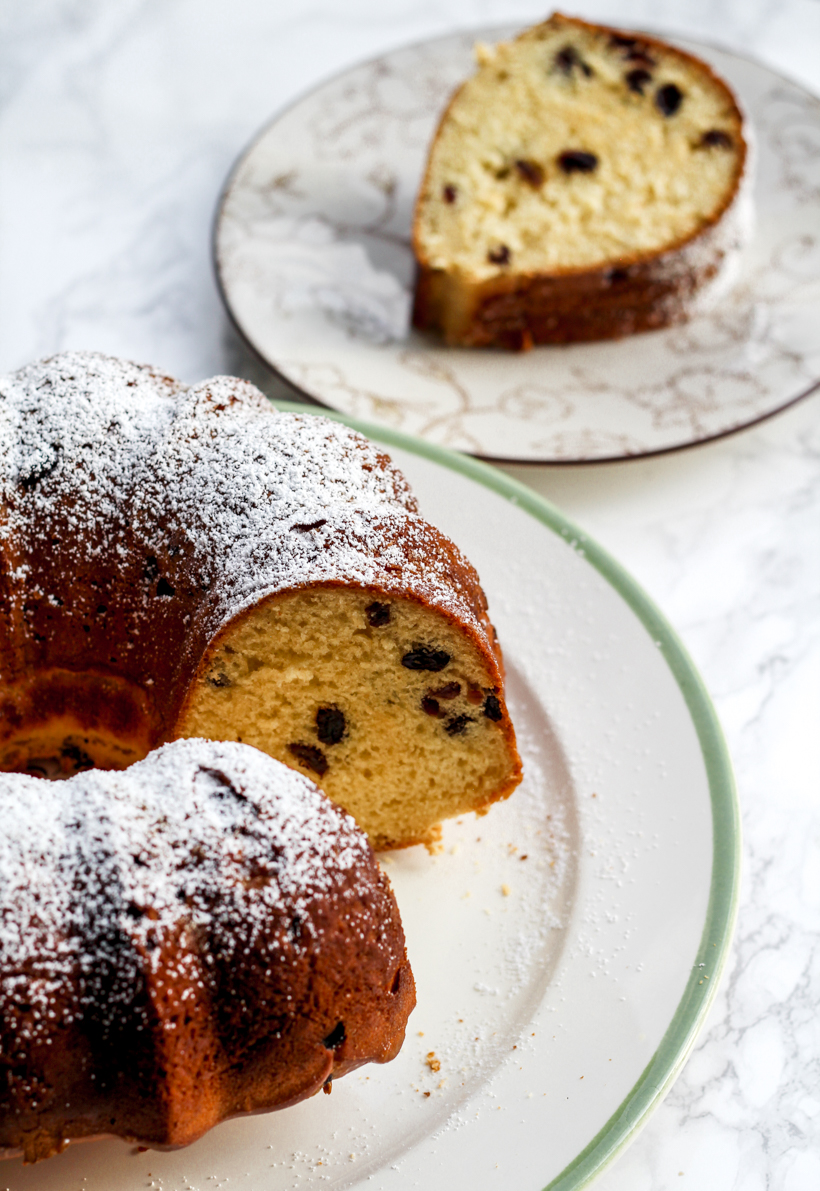
 136 views
136 viewsBundt Panettone
savoringitaly.com
5.0
(1)
35 minutes
Your folders

 287 views
287 viewsPanettone - Wikipedia
en.wikipedia.org
Your folders

 299 views
299 viewsPanettone Bostock
washingtonpost.com
Your folders
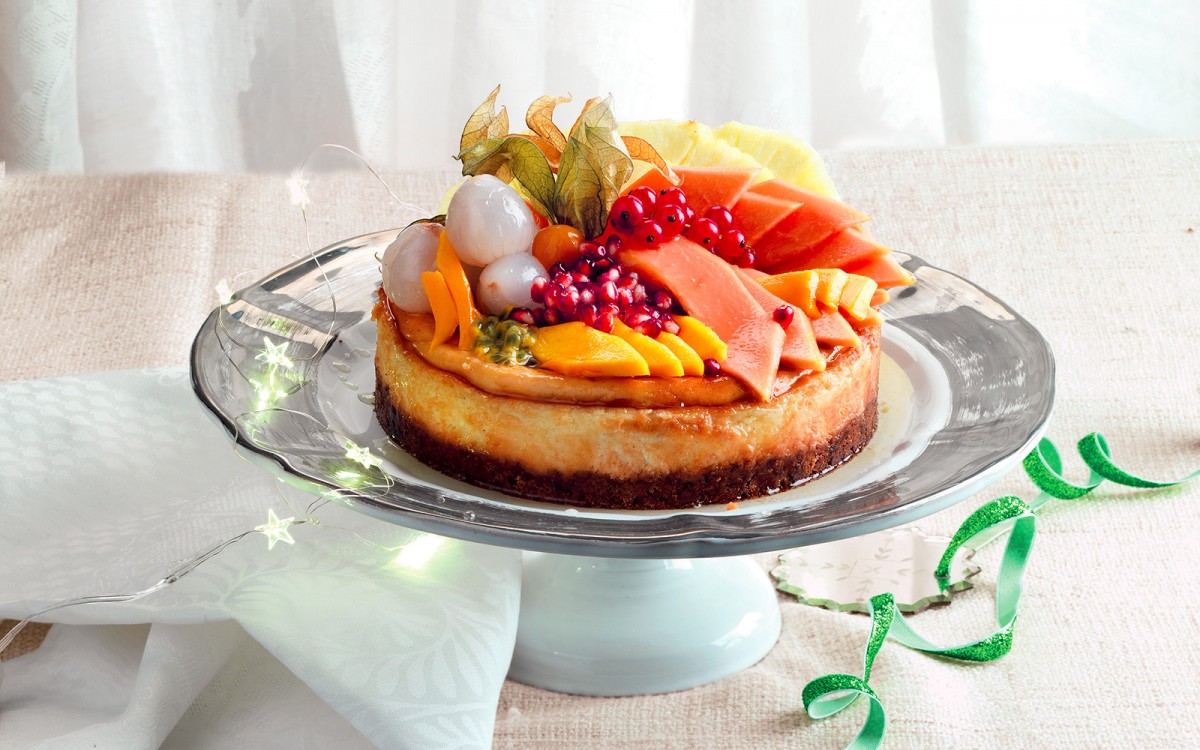
 190 views
190 viewsPanettone Cheesecake
lacucinaitaliana.com
5.0
(1)
Your folders
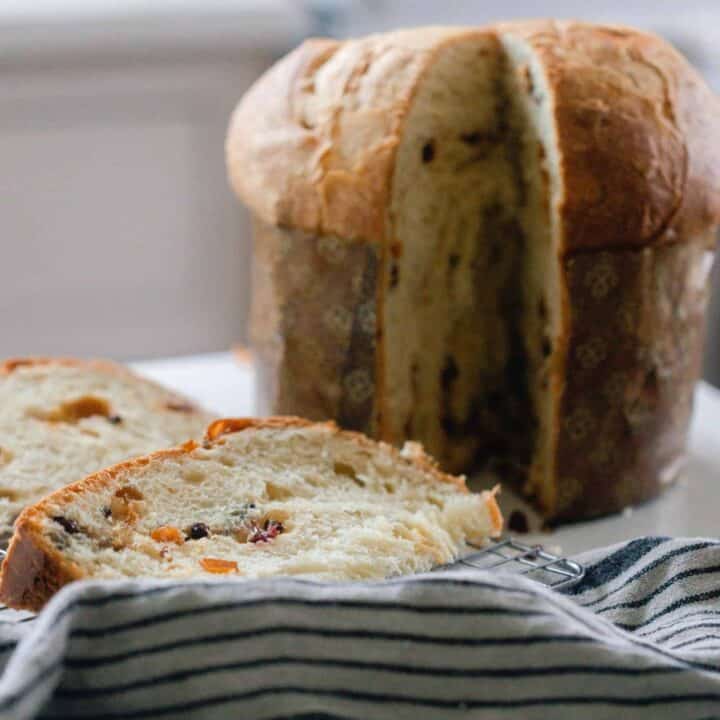
 215 views
215 viewsSourdough Panettone
farmhouseonboone.com
4.5
(37)
1 hours
Your folders
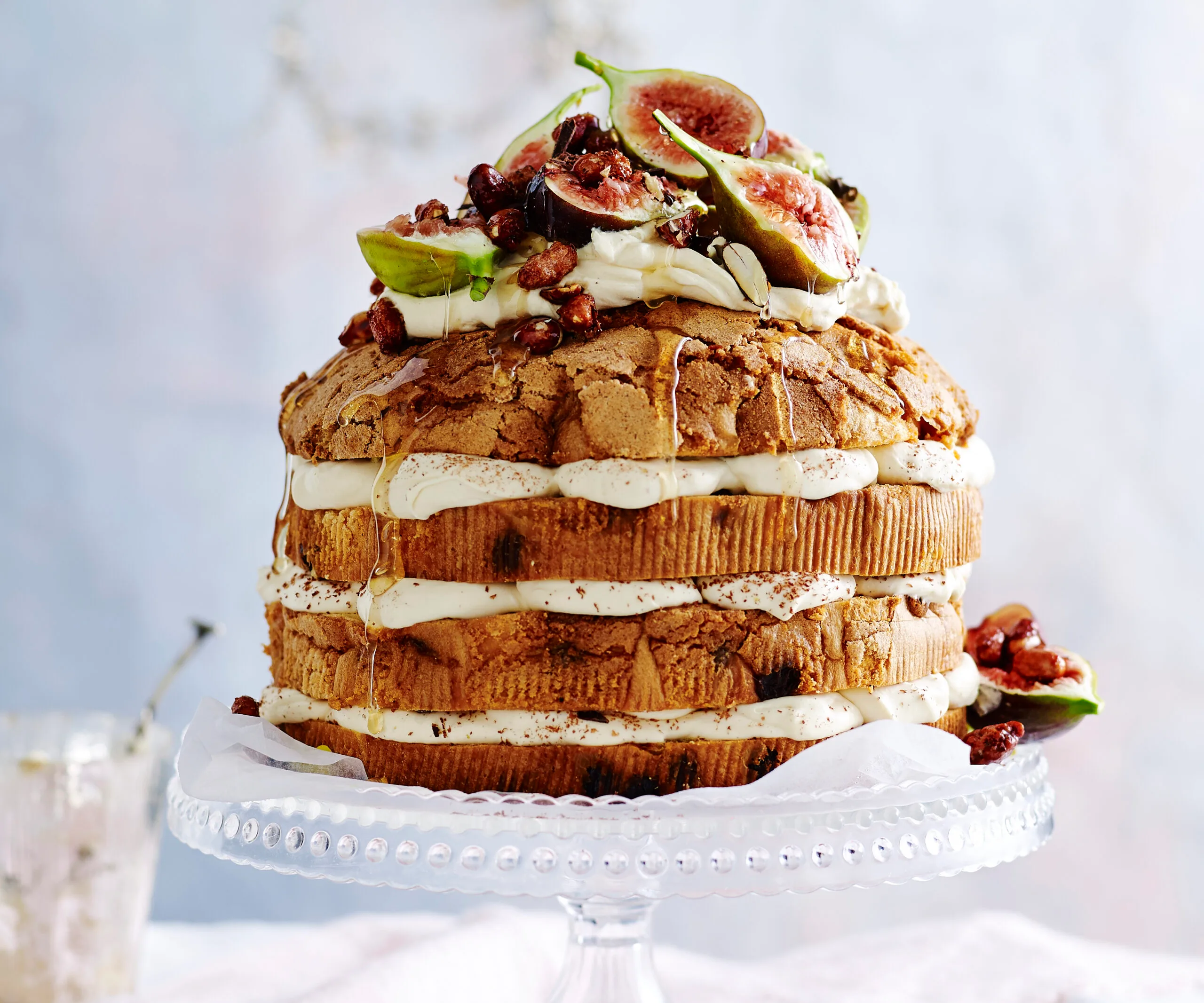
 137 views
137 viewsPanettone tiramisu
womensweeklyfood.com.au
30 minutes
Your folders

 22 views
22 viewsPanettone Muffins
sprinklebakes.com
5.0
(2)
20 minutes
Your folders
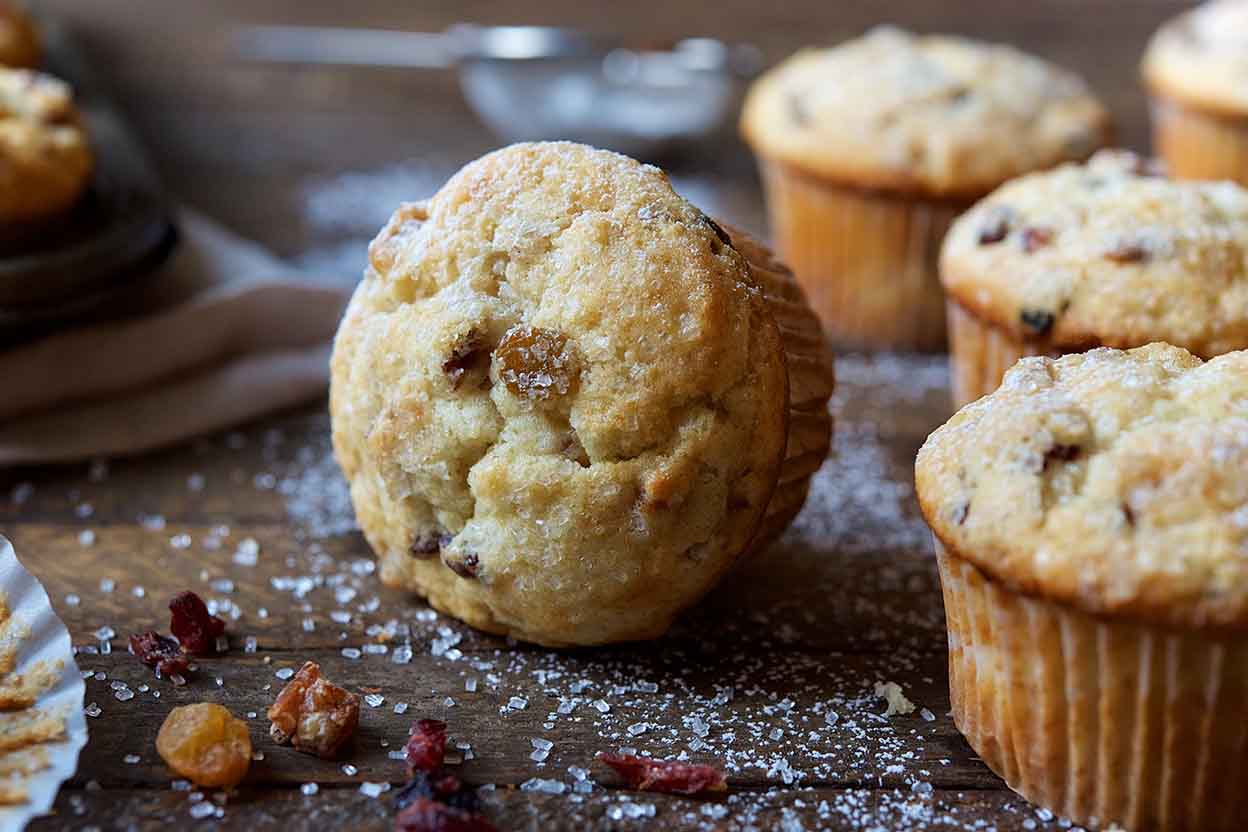
 19 views
19 viewsPanettone Muffins
kingarthurbaking.com
4.9
(51)
20 minutes